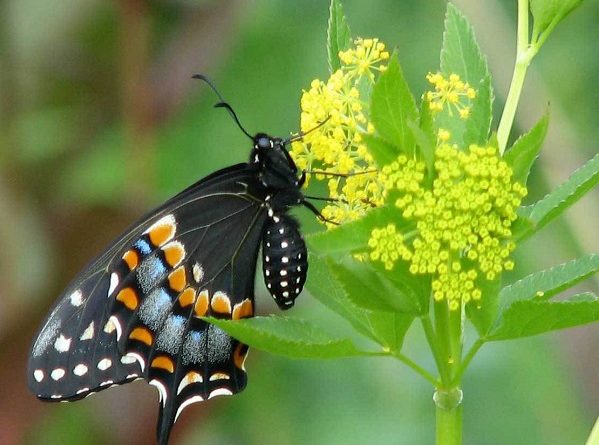May 27, 2017 – Made in the Shade
![]() Monica Buckley is obviously a very busy gal. I say that not just because she is the owner of Red Stem Native Landscapes, but because I have been trying to get her on my program for about nine months. I’m not saying that it’s all her fault, I’m just saying that sometimes it takes awhile for radio segments to come together.
Monica Buckley is obviously a very busy gal. I say that not just because she is the owner of Red Stem Native Landscapes, but because I have been trying to get her on my program for about nine months. I’m not saying that it’s all her fault, I’m just saying that sometimes it takes awhile for radio segments to come together.
We have managed to make it work this weekend, as Peggy Malecki and I welcome Monica to the 1590 WCGO studios. If you’ve listened to The Mike Nowak Show at all, you know that we tend to talk about the value of native plants in our landscapes. We’re not what some people call “native purests,” meaning that we will never allow a rose or a peony or any lawn in our backyards. Well, at least I’m not. I’ll have to ask Peggy about that.
However, we do understand the value of natives in our landscapes. Since Monica is on the show today, I will let her explain, as she does on her website:
- Native plants offer the ambiance of the prairie, the woodland, the open savanna under oaks, bringing a sense of Midwestern place to your garden and neighborhood.
- Native plant roots can go as deep as 20 feet into the ground, and plants with such roots growing alongside others with more fibrous roots work together to create a spongy environment that soaks up water, directs it to the water table, and cleans it as it goes.
- Native plants host the caterpillars of native butterflies, providing protein so that birds may raise their young.
- Native plants are pretty, ever-changing, and unique to the region in which they evolved.
It could just be me, but sometimes I get the feeling that when we talk about native plants, many people envision a wide open prairie. But natives have evolved under trees and in swamps and marshes and fens and bogs. So when Monica suggested that we might discuss woodland natives on today’s show, I was on it like…well, like purple on a purple coneflower.
She has a few basics when it comes to starting a native garden in the shade. Among them,
- Don’t use ivy or pachysandra or myrtle (vinca). She says it’s “like cardboard to the native butterflies and moths.”
- Why woodland natives? As she states above, they are good for native insects, which are necessary for many birds, mammals, reptiles and amphibians
- Don’t sweat a little insect damage (something I preach all of the time). It basically means that you’re doing your part for nature’s food web.
- Favorite plants? Judging from her slide show, they include
- sedges (Carex sprengelii, Carex Grayii, Carex Jamesii)
- trilliums (Trillium grandiflorum, Trillium erectum)
- Virginia bluebells (Mertensia virginica)
- sharp-lobed Hepatica,(Hepatica acutiloba)
- wild geranium (Geranium maculatum)
- wild blue phlox (Phlox divaricata)
- merry bells (Uvularia grandiflora)
- Celendine poppy (Stylophorum diphyllum)
- Jacob’s ladder (Polemonium reptans)
- wild stonecrop (Sedum ternatum)
- viola species
- Golden Alexander (Zizia aurea)
- ferns
- black cohosh (Actaea racemosa)
- goat’s beard (Aruncus dioicus)
- spikenard (Aralia racemosa)
If you want to see even more, Monica recently posted this list of Woodland Spring Flora of the Chicago Region from The Field Museum – Division of Environment, Culture, and Conservation
That should give you a head start, but I want you to listen to the show, if not live, at least the podcast, which you can find at www.mikenowak.net/podcasts. I hope you do.


